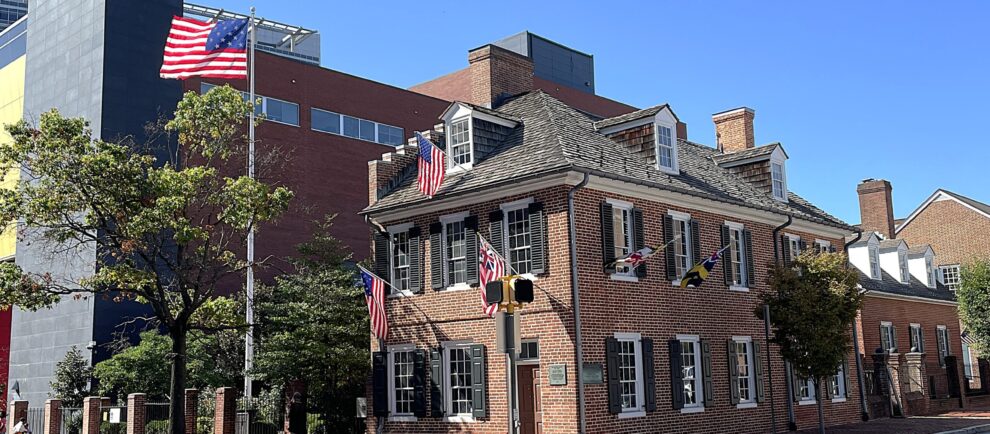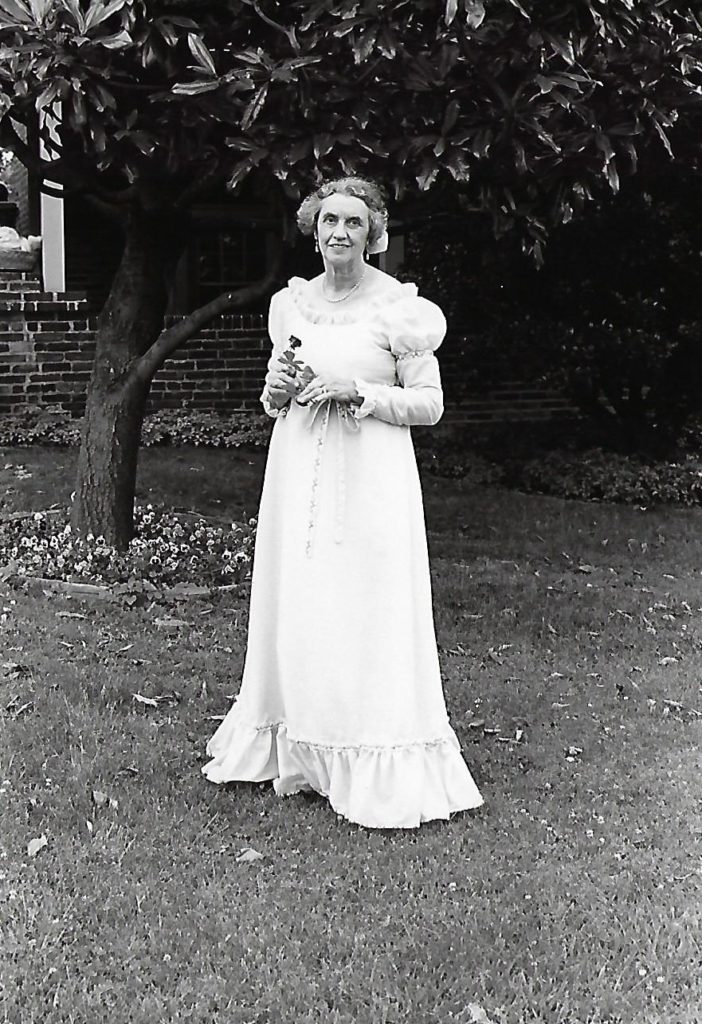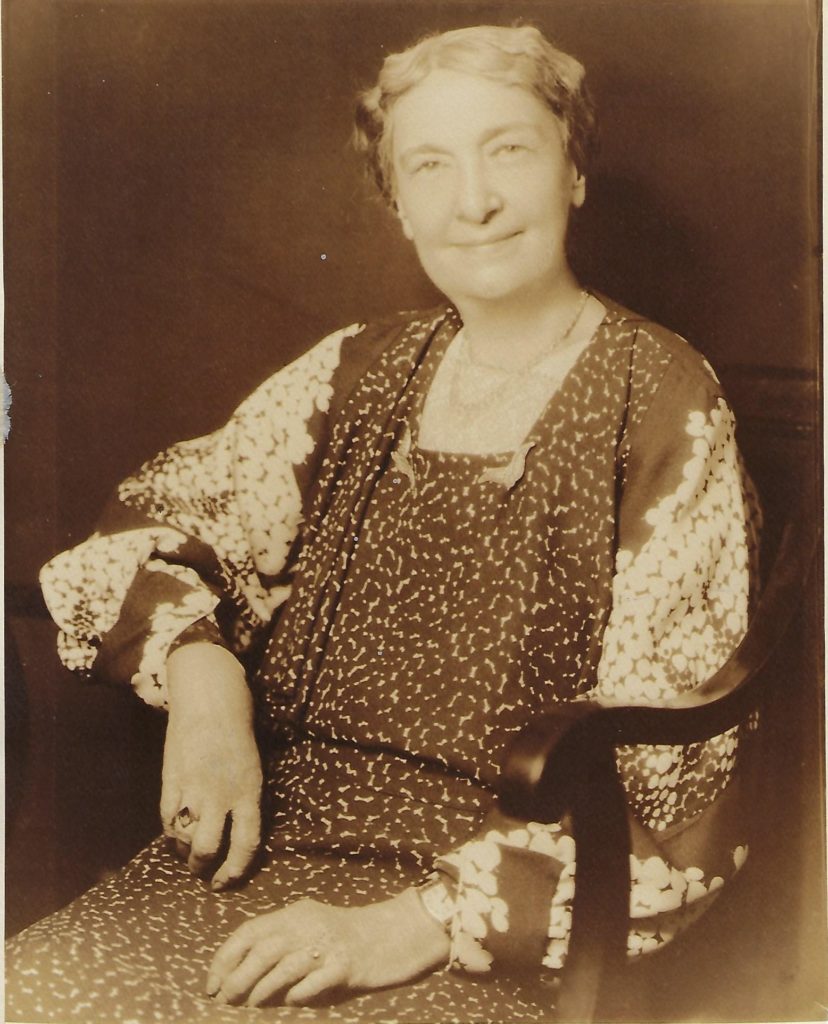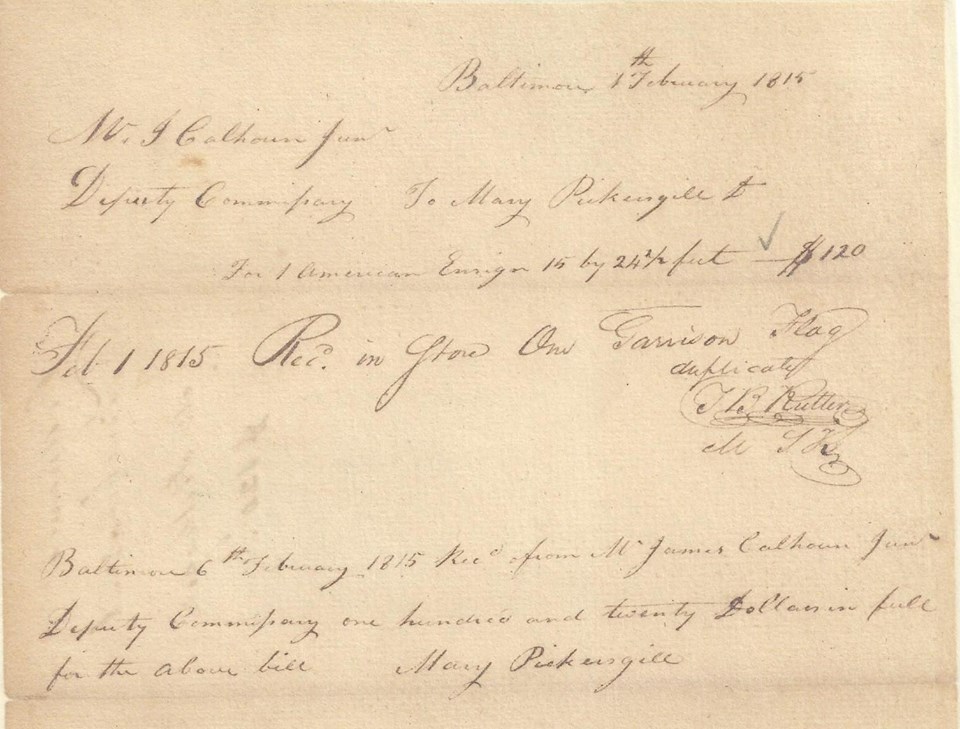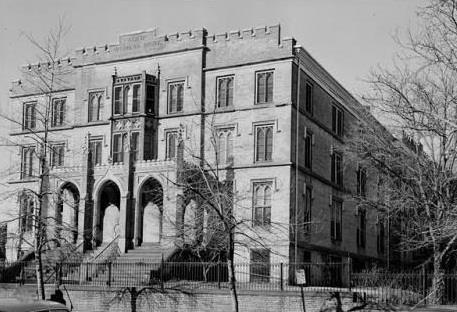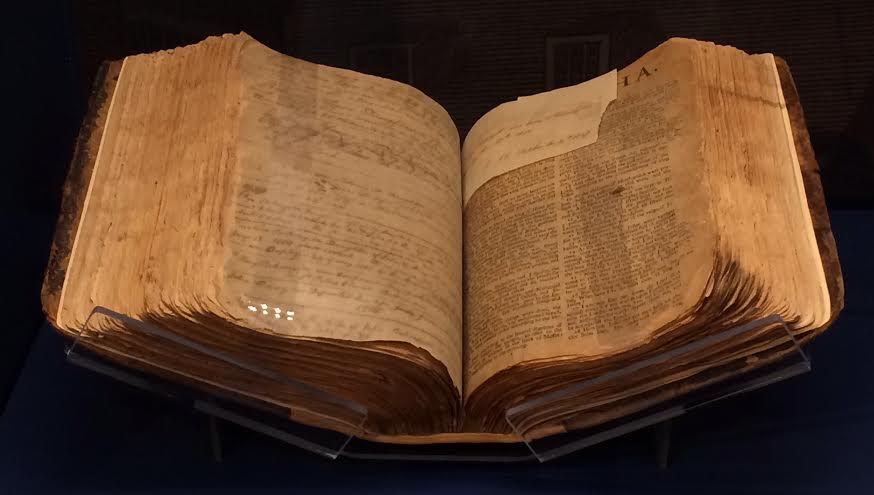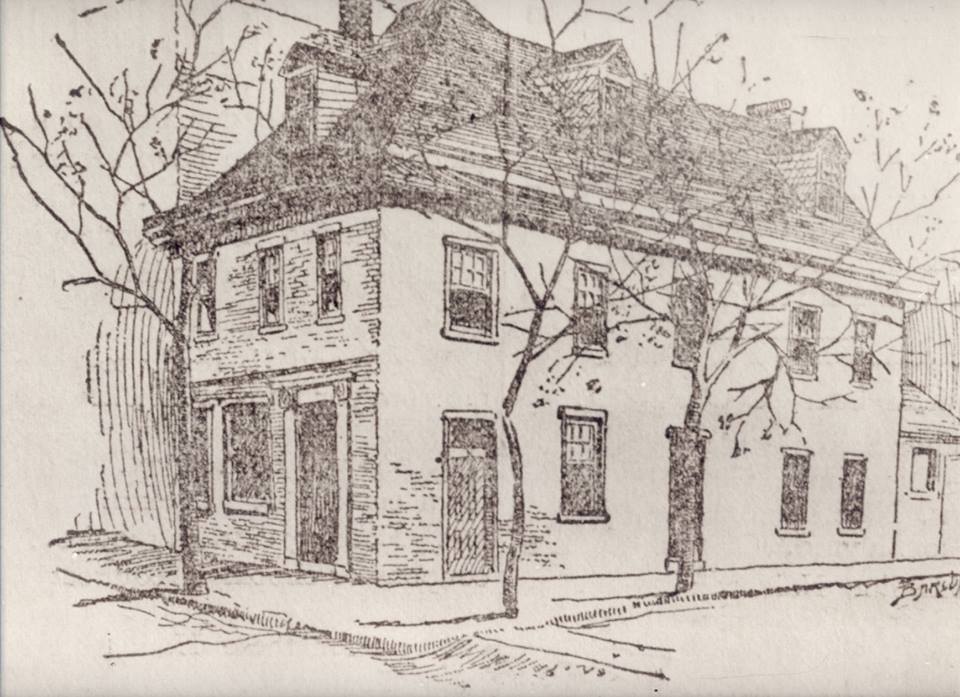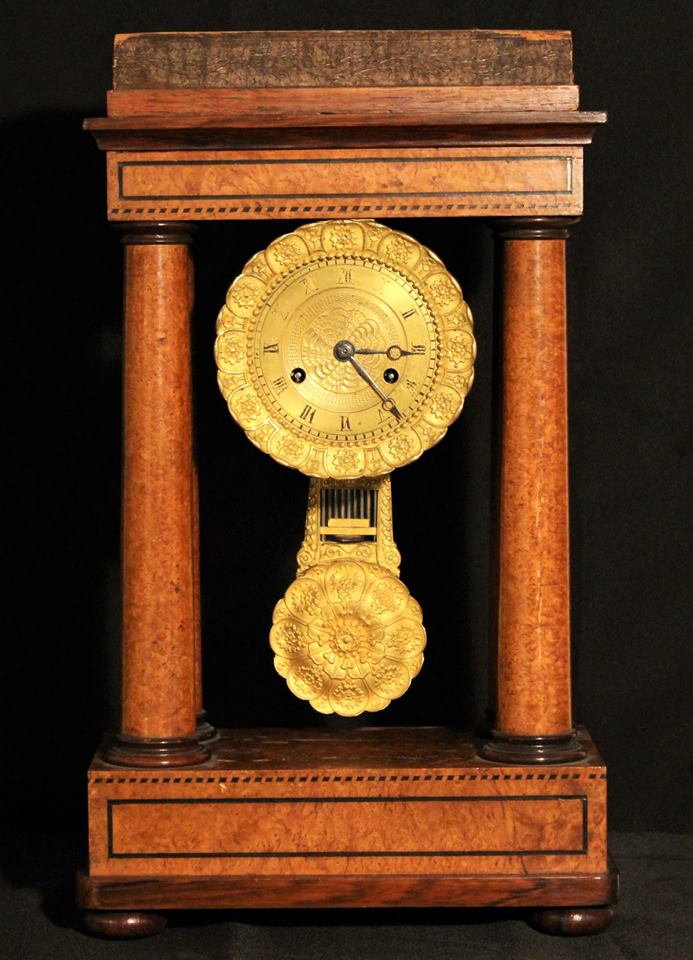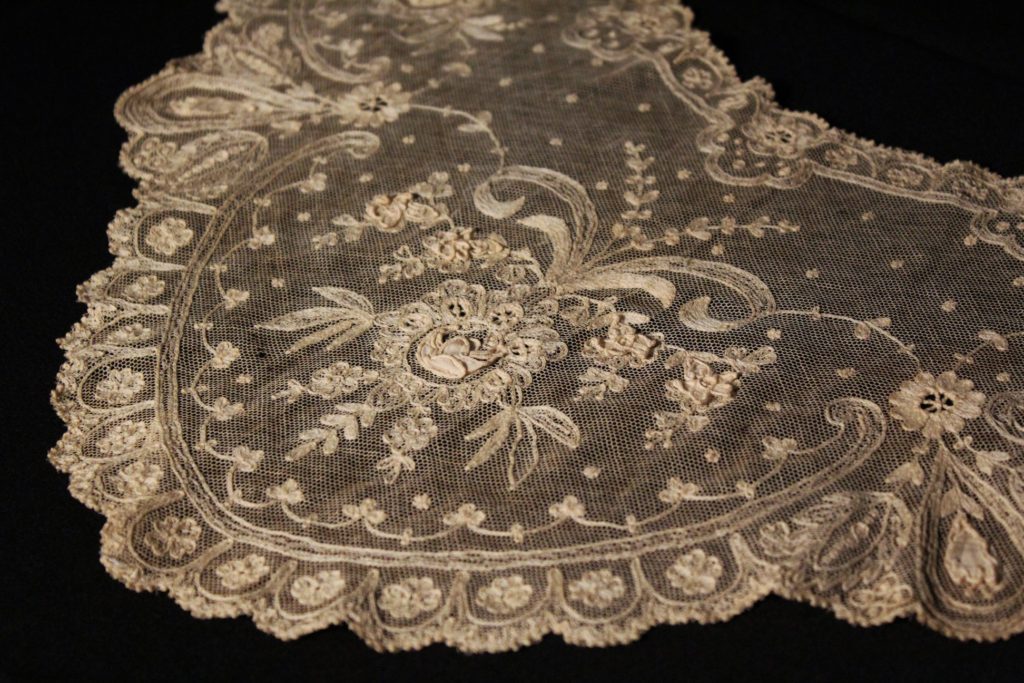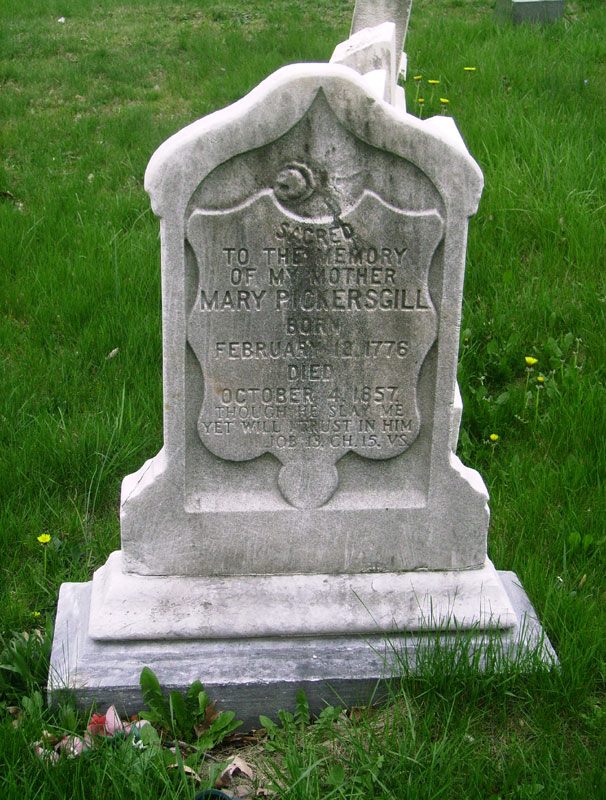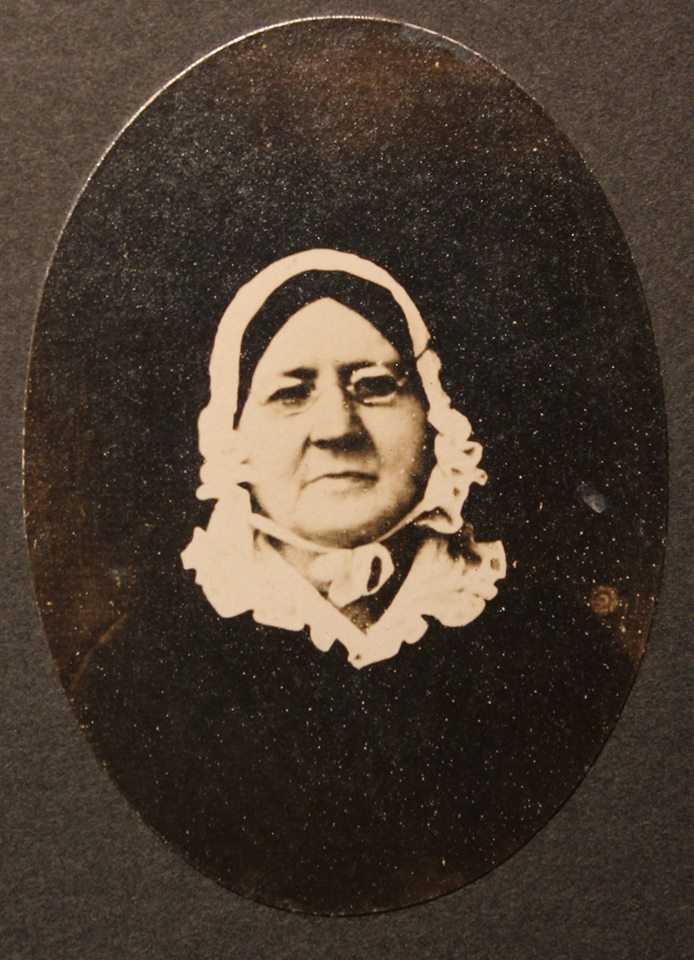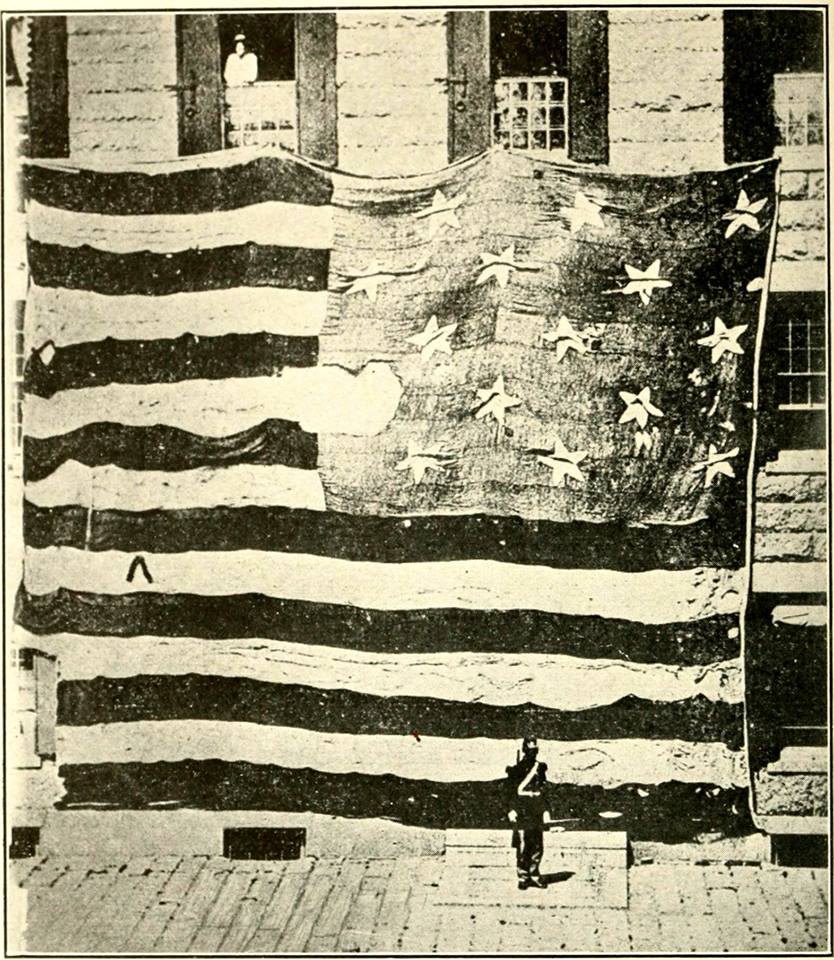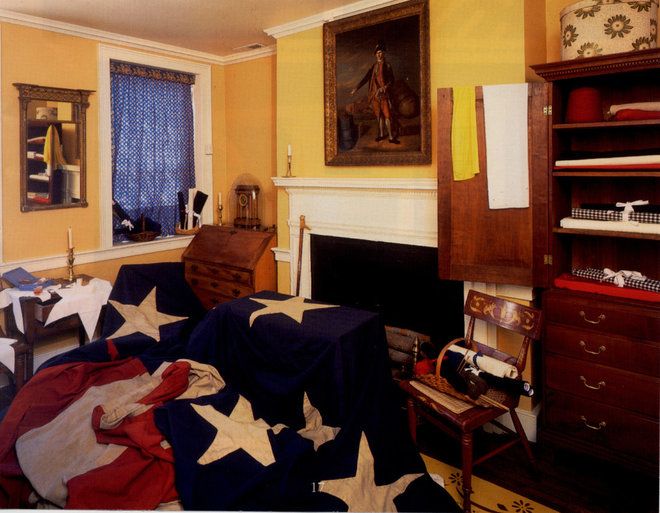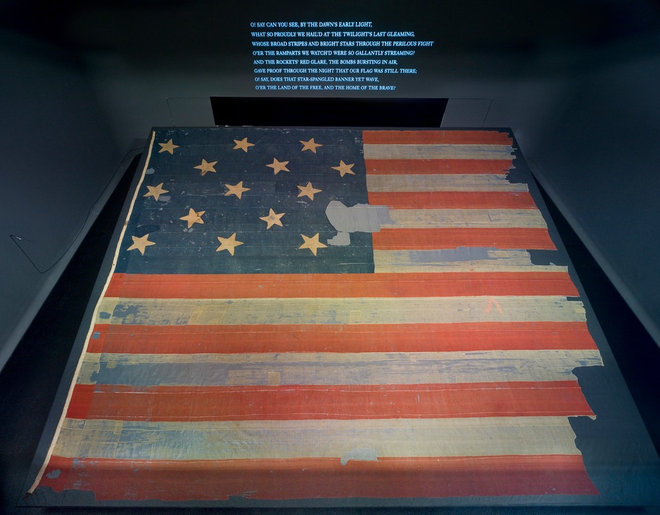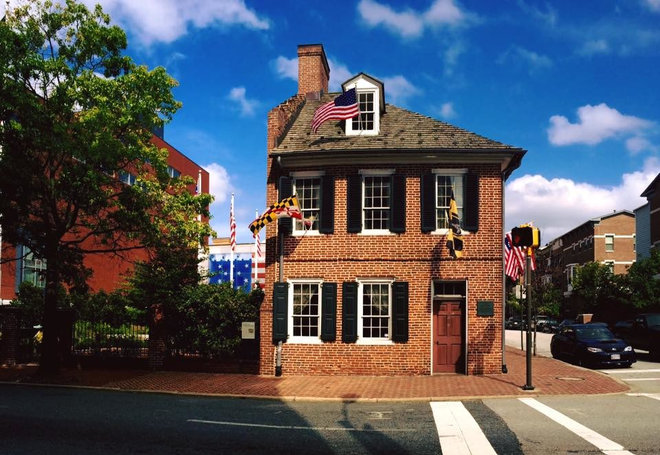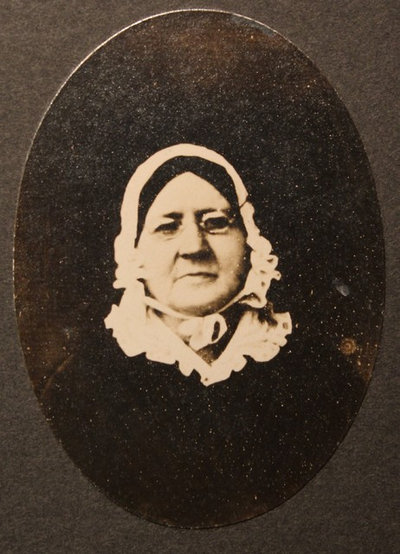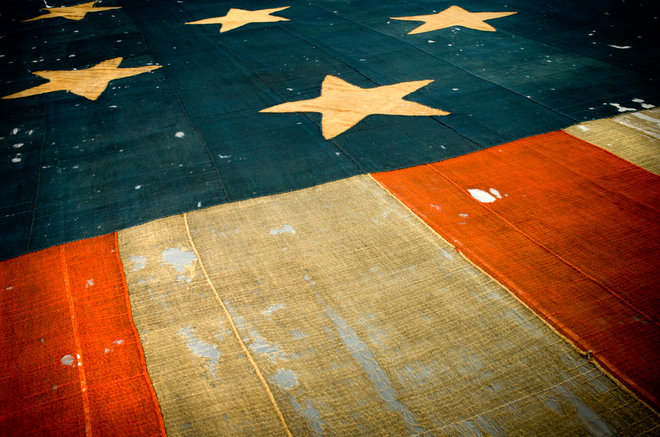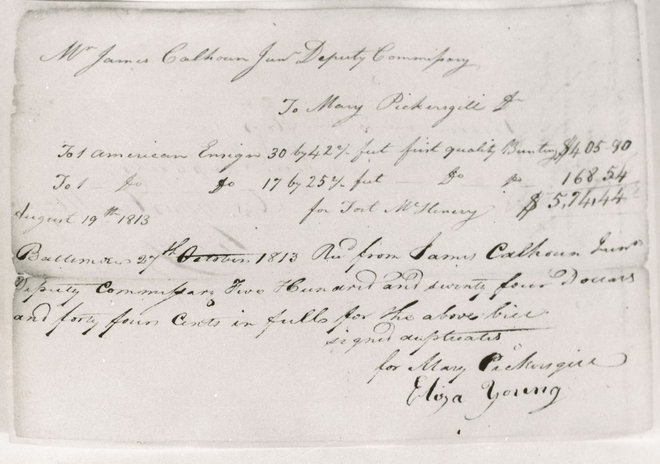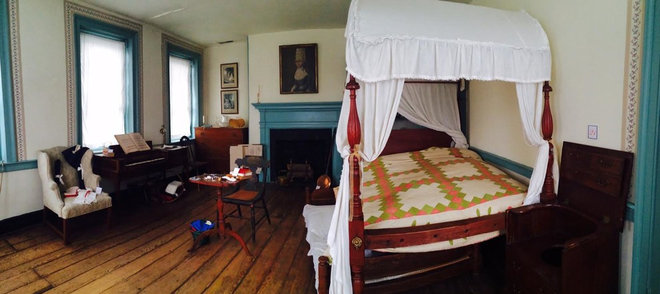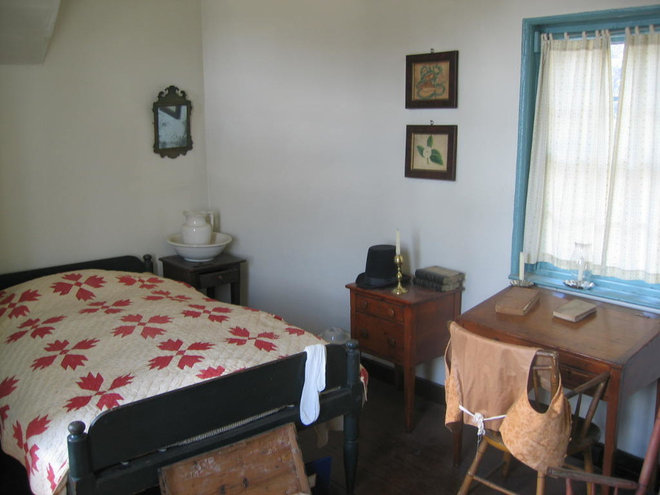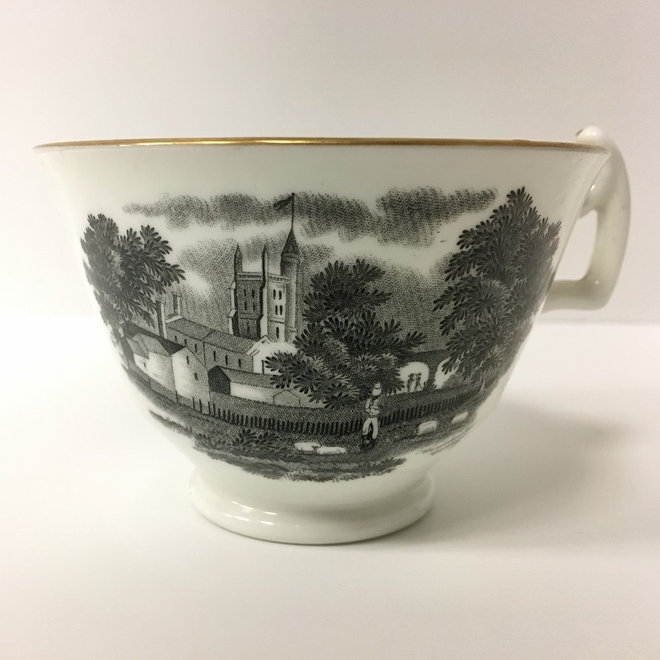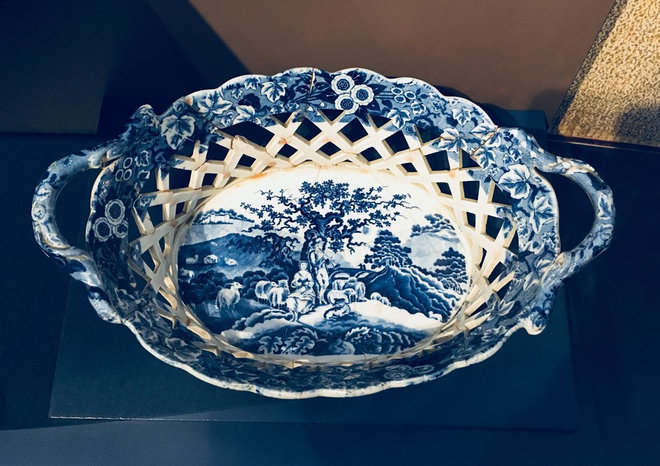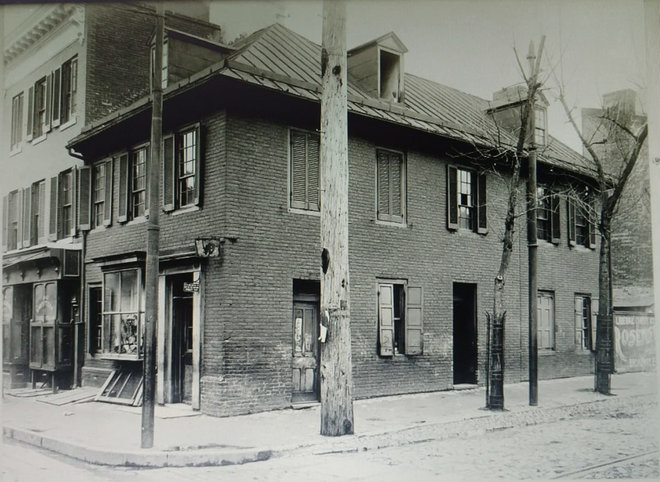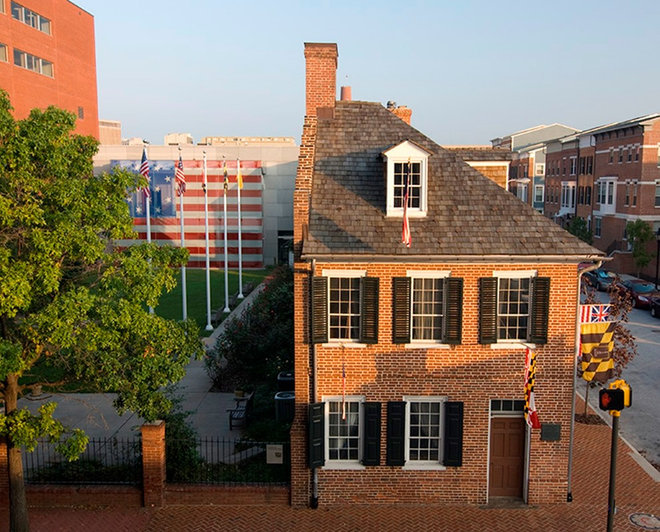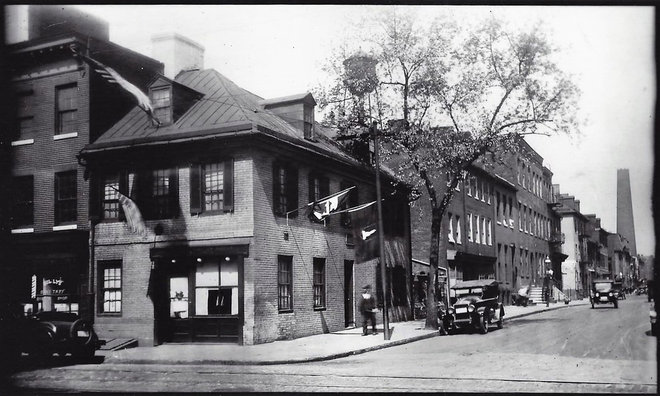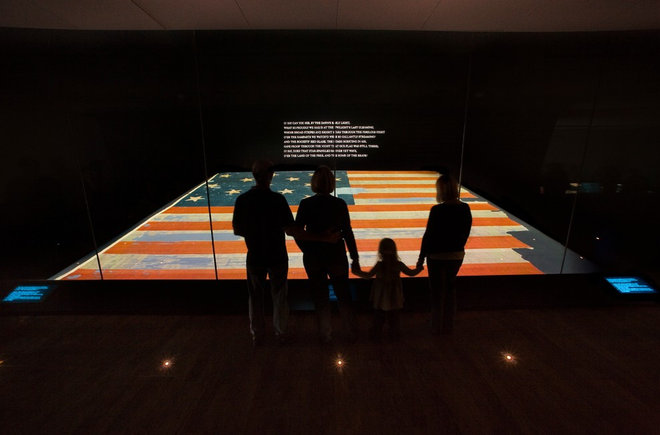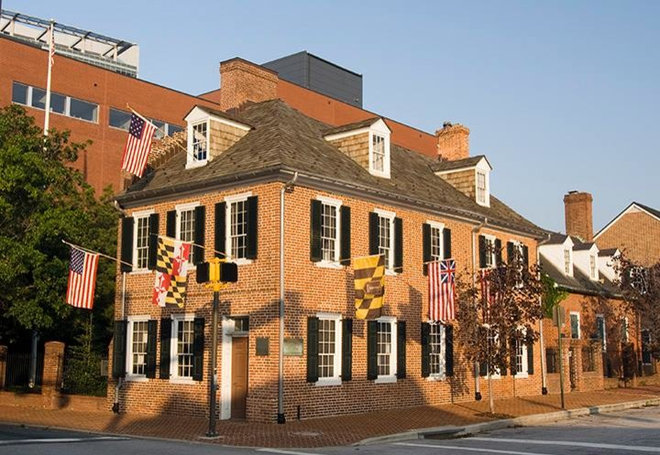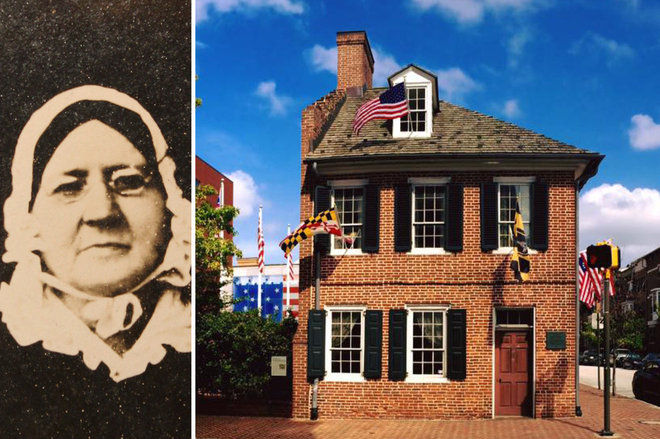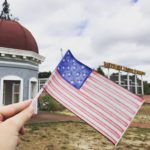Elizabeth Murray Sewell, (1890 – 1977), was the wife of the Flag House’s first curator Arthur Perry Sewell. Because Arthur had been blinded by a chemical attack during World War I, Elizabeth conducted all correspondence and Flag House operations alongside her husband and on his behalf. The couple resided in a third-floor apartment in the Flag House’s attic as late as 1940. Together Arthur and Elizabeth were responsible for the initial preservation of the Flag House, restoring it to its approximate 1813 appearance, and the expansion of the museum’s footprint to include the first museum and office building (1950). After Arthur’s sudden death in October of 1946, Elizabeth continued on as curator until April 1957. During her tenure as curator, Elizabeth secured the donations of significant artifacts, including many furnishings for the Flag House’s early period rooms and objects related to the life of Francis Scott Key. In September 1958, she donated bound copies of curator’s reports dating back to 1927 for the Flag House archive.
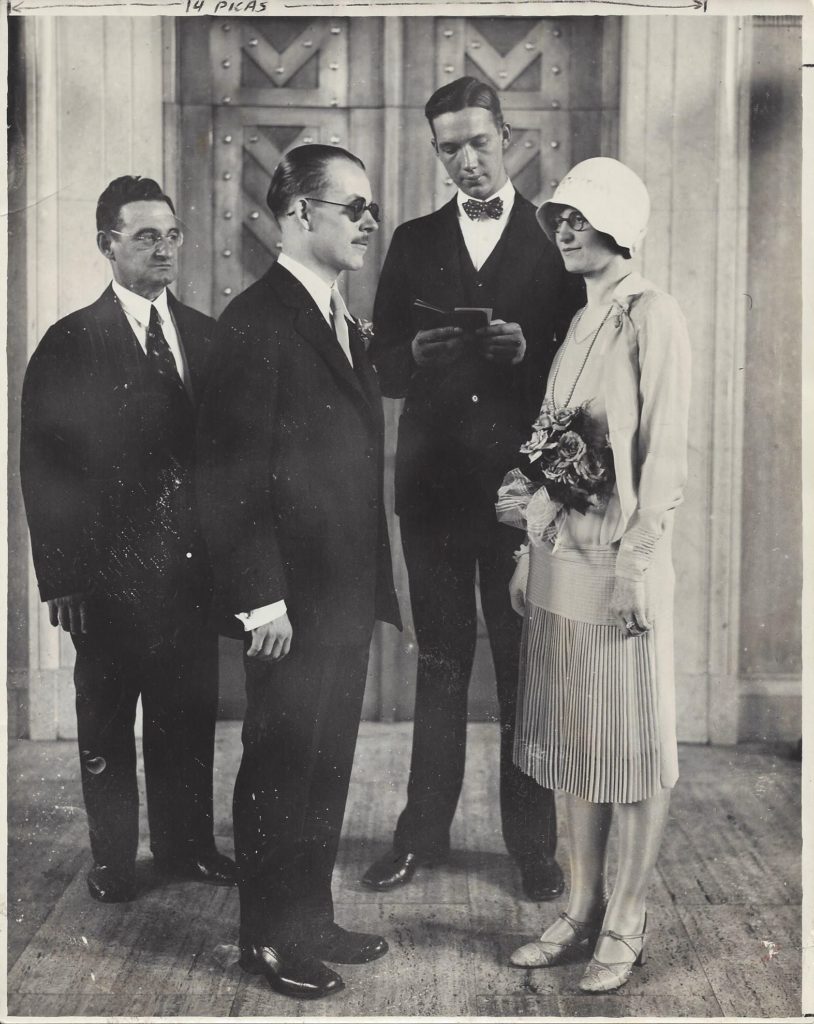
1. Mary Elizabeth Murray marriage to Arthur Perry Sewell, by Rev. J Monroe & Rev. Charles Asbury Smith at the War Memorial Building in Baltimore on Sept. 1, 1928.
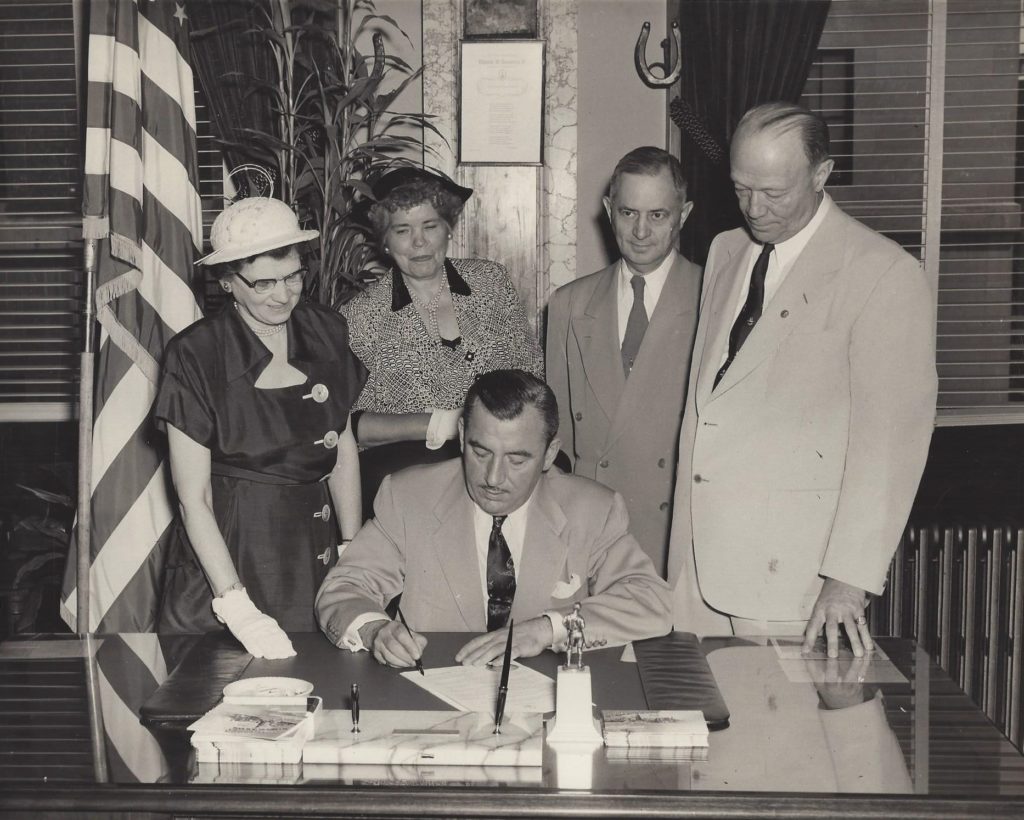
L-R – Elizabeth M. Sewell, Ms. Charlotte Warfield, Mr. Paul L. Holland, Mr. F. Marshall Weller, Mayor Thomas D’Alesandro
